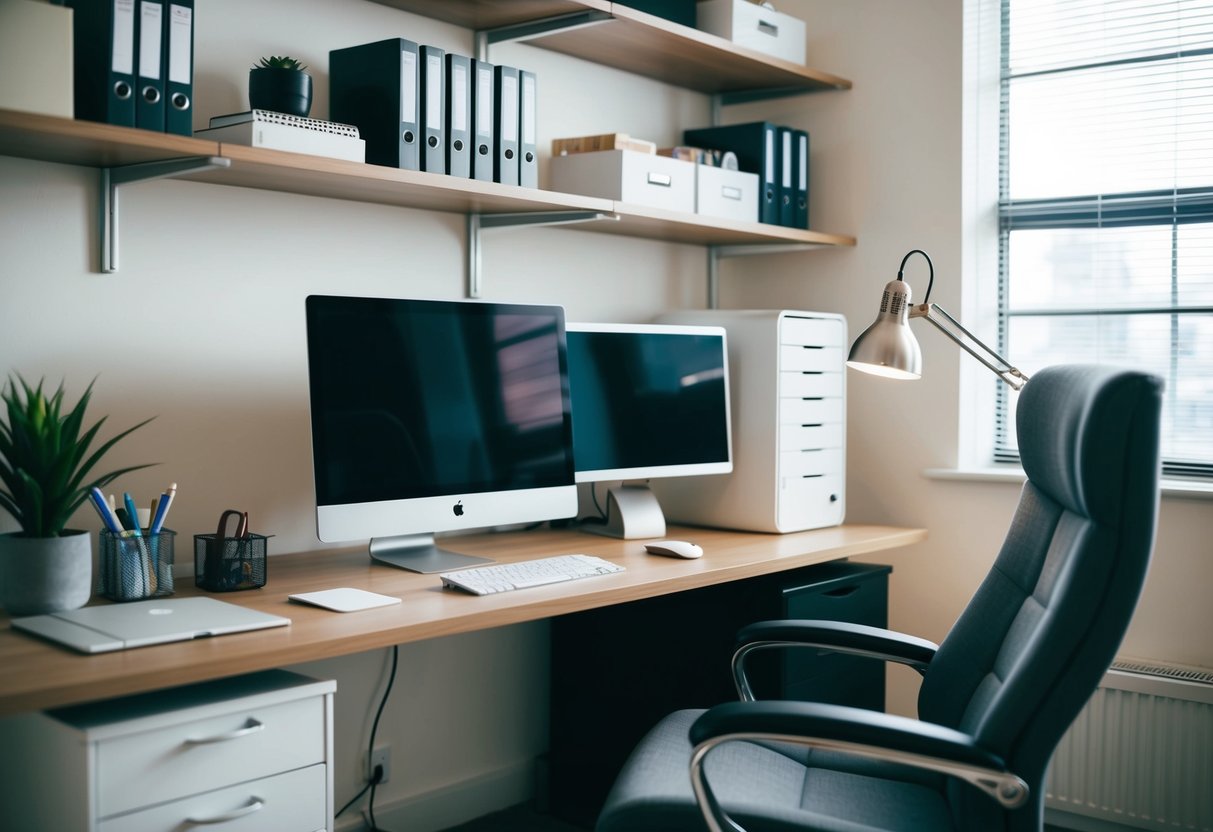DIY Home Office Setup: Creating a Productive Workspace on a Budget
Setting up a home office that fosters productivity doesn’t have to break the bank. In fact, with some creativity and strategic choices, anyone can assemble a functional workspace while keeping costs down. Start by identifying an ideal spot in your home where you can minimize distractions and maximize focus. This location should offer enough natural light and sufficient room to accommodate essentials such as a desk and a comfortable chair.
Repurposing existing furniture can be an excellent way to save money. Many household items can serve dual purposes. A sturdy table can transform into a desk, while a bookshelf can double as storage for office supplies. Shopping second-hand or exploring online marketplaces can lead to finding budget-friendly pieces that suit your needs.
A well-organized workspace encourages efficiency. Invest in smart storage solutions like baskets or organizers to keep clutter at bay. Positioning necessary equipment, such as a computer and a printer, in easy-to-reach spots can streamline daily tasks. Opting for a minimalist approach not only helps in staying within budget but also contributes to a tidy and focused environment.
Planning Your Home Office Layout

Designing a home office layout requires strategic thinking to create a space that is both practical and inspiring. Efficient use of available area and materials transforms the environment into a productive workspace.
Choosing the Right Location
The location of the home office plays a critical role in productivity. Selecting a quiet area away from high-traffic zones reduces distractions. This might be a spare bedroom, a corner of the living room, or a large closet transformed into a workspace.
Consider proximity to power outlets and reliable Wi-Fi access. It’s essential to have ample electrical connections for charging devices and using office equipment. Avoid choosing spaces exposed to household footprints and noises, such as near the kitchen or living room, which may disrupt focus.
The final choice should reflect a balance between convenience and quiet, enabling a conducive atmosphere for work. Prioritizing locations with minimal interruptions helps maintain concentration on tasks.
Maximizing Natural Light and Ventilation
Natural light boosts mood and productivity. Positioning the desk near windows harnesses sunlight, reducing reliance on artificial lighting during daytime hours. Such placement can also minimize eye strain and improve overall well-being.
Windows not only provide light but also ventilation. Ensuring fresh air circulation is key, even more so in tightly sealed spaces. A window view can offer brief but refreshing diversions, allowing the mind to reset.
Curtains or blinds help adjust the light intensity, preventing glare on computer screens. Incorporating plants near windows enhances air quality, further promoting a healthy environment. Using mirrors to reflect natural light can also benefit darker rooms lacking direct window exposure.
Effective Use of Space with Design Principles
A well-planned home office utilizes available space efficiently, adhering to essential design principles. Choosing multi-functional furniture optimizes usability. A foldable desk or a wall-mounted unit creates a flexible, organized setup, especially for small spaces.
Ergonomics should guide furniture choices, ensuring proper posture during long work hours. Adjustable chairs and desks accommodate various working styles and needs. Placing shelves or storage vertically maximizes floor space, keeping the area clutter-free.
Personalizing with decor that sparks creativity or calmness adds character without compromising functionality. Carefully selecting items that balance aesthetics with practicality fosters an appealing and efficient workspace. Prioritizing ease of movement and access to tools ensures high productivity in a well-utilized environment.



